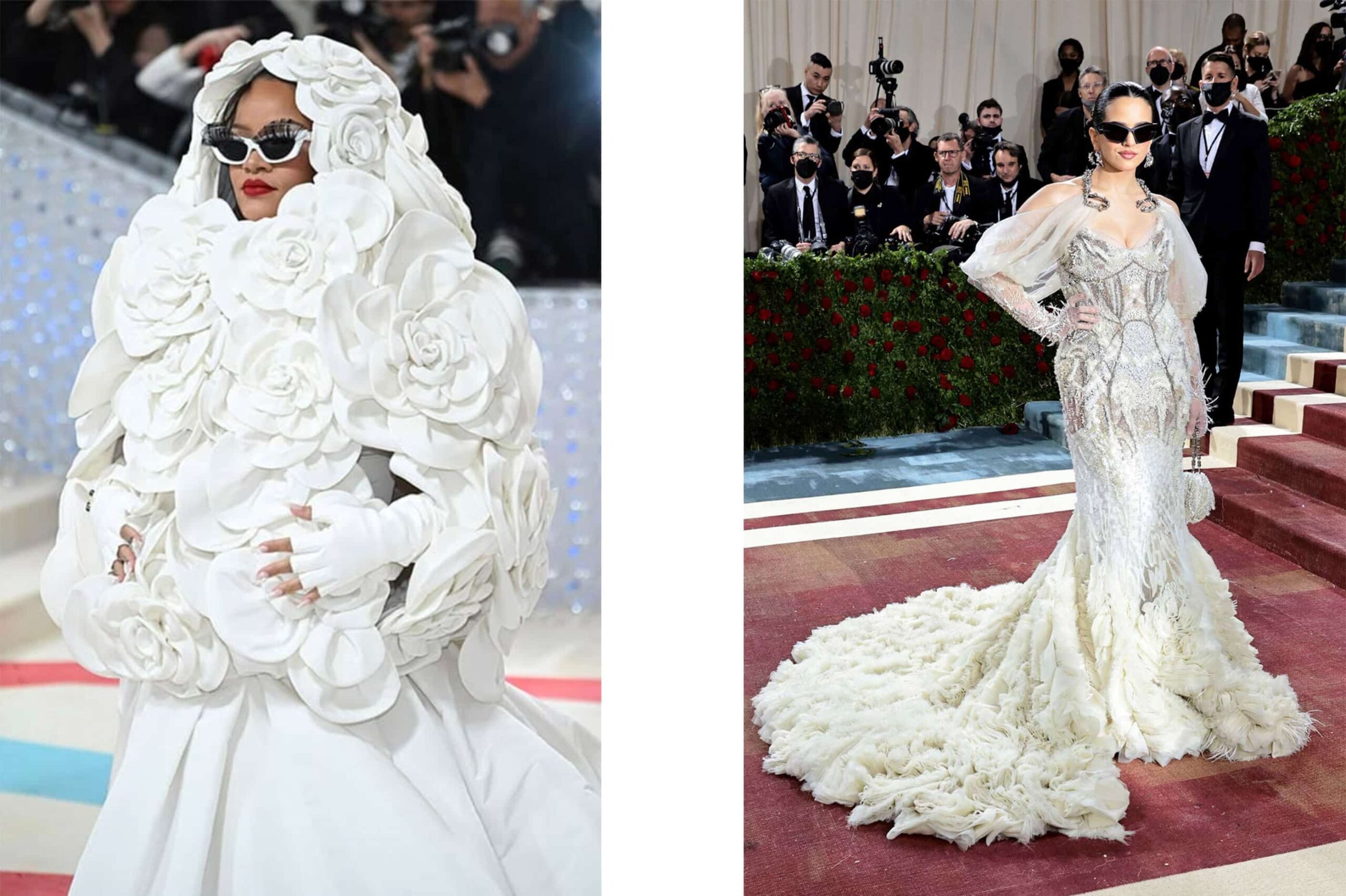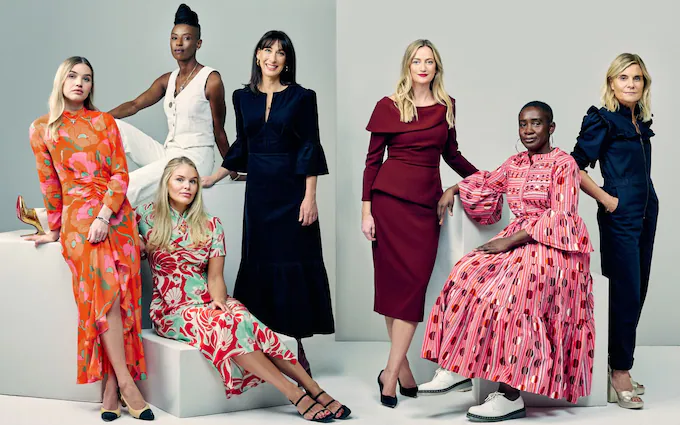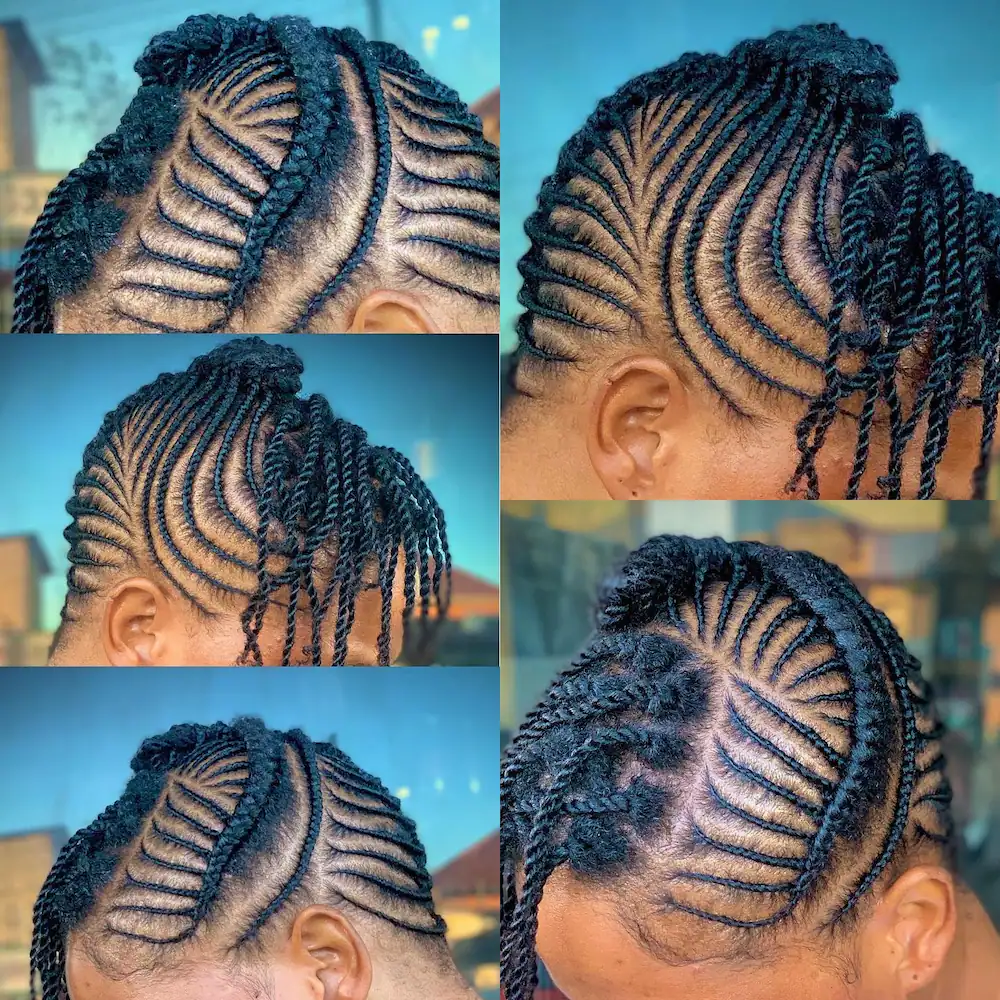
Urban fashion, often referred to as streetwear, has evolved over the years to become more than just clothing; it has become a cultural movement that reflects the spirit of the streets and resonates with a diverse and dynamic audience. This article explores the origins of urban fashion and its profound cultural impact on society.
The Birth of Urban Fashion
Urban fashion found its roots in the urban neighborhoods of major cities, particularly in the United States. In the 1970s, during the rise of hip-hop culture, young people began to use fashion as a means of self-expression. Baggy pants, oversized shirts, baseball caps, and sneakers became staples of this emerging style. Streetwear was initially a way for young people to break away from mainstream fashion trends and establish their unique identities.
Cultural Expressions
One of the most remarkable aspects of urban fashion is its ability to convey social, political, and cultural messages. It has often been used as a form of protest and empowerment. Graffiti art, which often complements streetwear, is a prime example of how urban fashion and culture are intertwined. Graffiti artists use clothing as a canvas to express their ideas and sentiments, making a powerful statement about society’s ills, inequalities, and injustices.
Diversity and Inclusivity
Urban fashion is celebrated for its inclusivity and embrace of diversity. It defies traditional norms of beauty and style, offering a platform for people of all backgrounds to celebrate their unique identities. Fashion brands specializing in urban wear often collaborate with artists and designers from various cultural backgrounds, contributing to a rich tapestry of styles and influences. This diversity is not only reflected in the clothing but also in the cultural messages it carries.
Brands as Cultural Influencers
Several urban fashion brands have emerged as cultural influencers, transcending their status as mere clothing labels. Brands like Supreme, Off-White, and Virgil Abloh’s Louis Vuitton have become cultural phenomena, shaping trends and values. Their collaborations with artists, musicians, and other designers have elevated them to iconic status. They are often seen as cultural tastemakers and have the power to shape the fashion landscape on a global scale.
Social Media and the Rise of Influencers
The digital age has significantly amplified the reach and impact of urban fashion. Social media platforms like Instagram, Twitter, and TikTok have allowed urban fashion to go global. Influencers and celebrities frequently don urban wear, showcasing new styles and trends to millions of followers. This level of exposure has expanded the urban fashion movement beyond the streets of urban centers to the farthest corners of the world.
Challenges and Critiques
While urban fashion has been transformative and empowering, it’s not without its challenges. Critics argue that it can sometimes perpetuate materialism and consumerism, leading to the exploitation of workers in the fast fashion industry. Additionally, there are concerns about cultural appropriation when elements of urban fashion are co-opted by mainstream brands without proper credit or understanding of their cultural significance.
In conclusion, urban fashion is not just about what we wear but also about who we are. It is a cultural phenomenon that has emerged from the streets, carrying messages of diversity, empowerment, and social change. It provides a platform for people to express themselves, make a statement, and create a sense of belonging. As it continues to evolve and shape culture, urban fashion remains a powerful force for individuality and societal reflection.
With its rich history, global reach, and enduring influence, urban fashion is a testament to the power of fashion as a medium for cultural expression and transformation. It is a dynamic and ever-evolving movement that keeps pushing the boundaries of creativity and self-identity.










